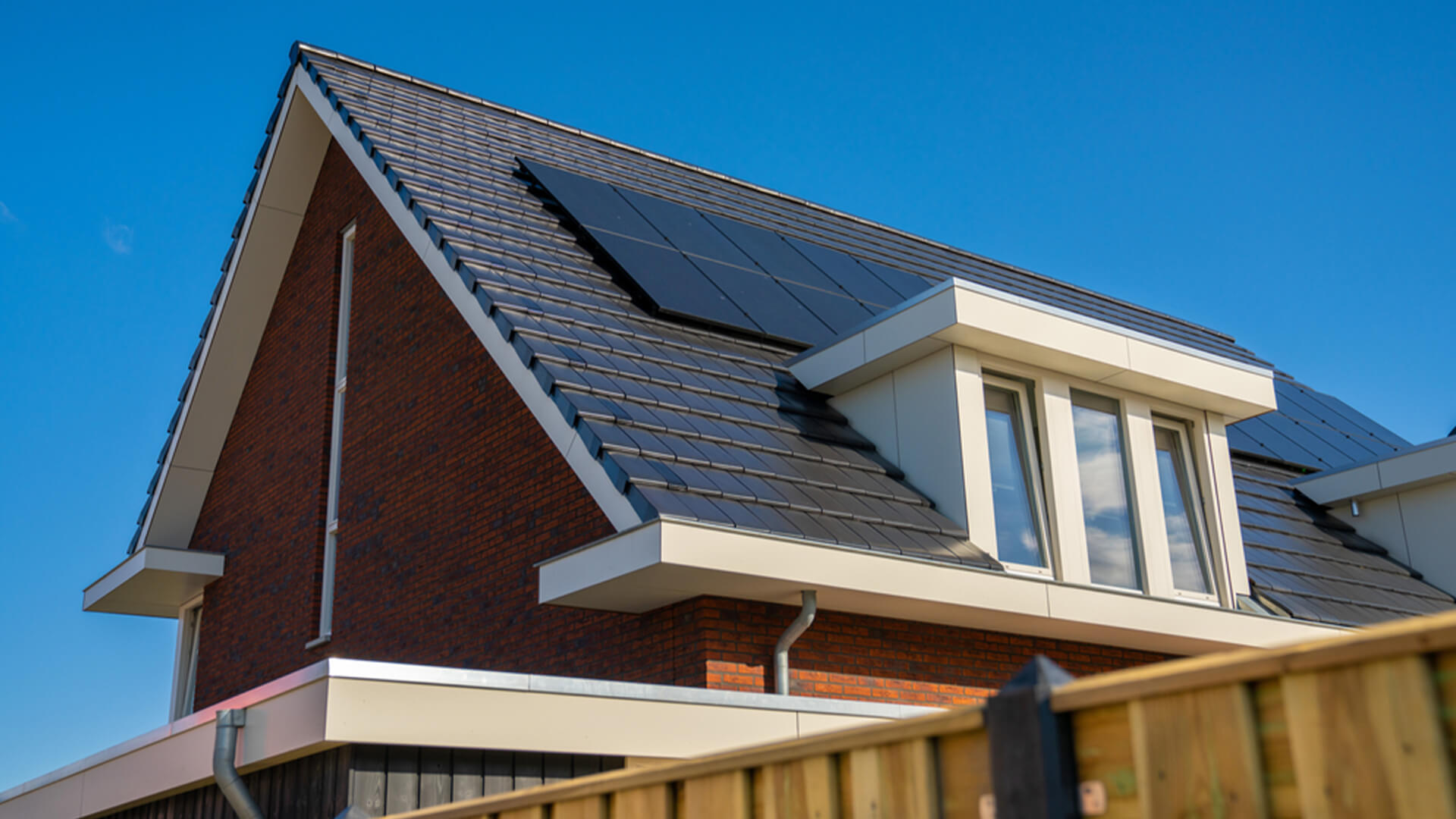Previous
All you need to know about Solar PV on Irish Farms
May 26, 2022

The Microgeneration Support Scheme was announced by the Irish Government on December 21, 2021, and it could be introduced as early as July of this year. According to ESB, over 21,000 customers have signed up to the new microgeneration support scheme with the hope of selling back their excess energy.
Microgeneration is the generation of green renewable energy through renewable technologies such as photovoltaic solar panels which enable the user to generate their own energy to reduce their carbon footprint as well as their energy bill. Other forms of renewable energy include photovoltaic solar panels, micro-wind, micro-hydro and micro-renewable combined heat and power (CHP).
Microgenerators generates clean renewable energy to meet some or all of the energy demands of a household, business or farm, and when coupled with a diverter it can heat the water tank also.
The Microgeneration Support Scheme incentivises customers to reduce their carbon footprint by allowing those with registered micro-generation devices to sell this excess energy back to Ireland’s national energy grid.
An NC6 form is a requirement by ESB after a solar PV installation. All customers who have been installed by us ‘PV Generation’ do not need to worry about this form as we will fill it out and submit it to ESB on your behalf.
Anyone who has a micro-generator such as solar PV, micro-wind, micro-hydro, or renewable-CHP are eligible for this Scheme. You must have an export grid connection, which is typically organised by the installer or can also be organised through the ESB network.
Yes, ideally you would get a smart meter so you can get paid for precisely what you’re exporting. If you are eligible for a smart meter you will need to get one installed by ESB networks. Otherwise, you will get paid based on a deemed volume assumption determined by the Commission for Regulation of Utilities (CRU).
Payment in the form of credit will be put on your energy bill hopefully as early as July this year. In addition to this, the payments will be back dated to the date the scheme commenced if you met all eligibility on this date. The scheme commenced at midnight 15th February 2022. Click here for more info.
No, different energy companies will be offering different tariffs. So, it is best to shop around for your energy company and ensure you make the most savings. One of the first published tariffs, set at 13.5 cents/kilowatt hour (kWh), was offered by the energy company Pinergy. This is the rate of payment to eligible customers selling their excess solar energy back to the company.
A separate scheme is to come into effect for larger solar arrays later this year. This scheme will be known as the Clean Export Premium. This export is targeted at farms and larger community-based projects such as community centres and primary schools. These customers will pay a smaller rate per kWh but it will be fixed for 15 years.
The Clean Export Premium (CEP) tariff will be €0.135/kWh in 2022, which is higher than the current average wholesale electricity price. Any difference between the CEP tariff and wholesale electricity prices will be supported by the Public Service Obligation (PSO) levy. Exported volumes of electricity eligible for the Clean Export Premium (CEP) tariff will be capped at 80% of generation capacity – to incentivise self-consumption.
It is expected that the Clean Export Premium (CEP) will commence in quarter 3 of 2022, when a payment mechanism is determined by the Commission for Regulation of Utilities (CRU).
Businesses, farms, community buildings such as schools, sports clubs, generating up to 5.9kW will be eligible for a Sustainable Energy Authority of Ireland (SEAI) grant at the same levels as domestic customers. This specific grant will be available later in 2022.
Department of the Environment, Climate and Communications (2021), ‘Homes,farms,businesses and communities to benefit as Minister Ryan announces the Microgeneration Support Scheme’. Date accessed: 25/05/2022.
Read full article here: https://www.gov.ie/en/press-release/bfe21-homes-farms-businesses-and-communities-to-benefit-as-minister-ryan-announces-the-micro-generationsupportscheme/#:~:text=The%20Clean%20Export%20Premium%20(CEP,Service%20Obligation%20(PSO)%20levy.
ESB (2022), ‘Micro-Generator Frequently Asked Questions ’. Date accessed: 25/05/22. Read full article here:
https://www.esbnetworks.ie/help-centre/generator-connections/connect-a-micro-generator
O Sullivan, K (2022), ‘Microgeneration set to play a big role in Ireland’s energy transition’. The Irish Times. Date accessed: 25/05/2022. Read full article here:
O’ Doherty, C (2022), ‘Over 21,000 customers to be paid by ESB for their solar power energy’. The Independent. Date accessed: 25/05/2022. Read full article here:
Pinergy (2022), ‘Pinergy announces new Micro-generation offering’ Date accessed: 25/05/2022. Read full article here:
https://pinergy.ie/news/pinergy-announces-new-micro-generation-offering/